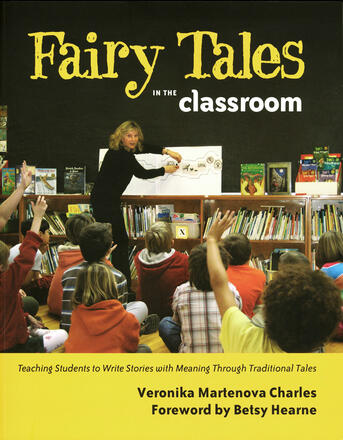
Fairy Tales in the Classroom
Teaching Students to Create Stories with Meaning Through Traditional Tales
Description
Drawing on the work of Bettleheim, Favat, Rodari, Jung, and Propp, Charles explores the basics of storytelling and its innate place in human character. Step by step, she develops an easy and fun-filled approach to creative writing for elementary students. Illustrated in colour throughout with student artwork.
Reviews
"There is an impressive amount of research and information in this useful book. The teacher is provided with detailed steps to carry through the process with several examples using different types of tales. Besides the anthology of tales, Charles includes a complete set of reproducible symbols, guiding questions for creating new tales, and further notes to accompany some of the tales. This kind of practical detail can be helpful to the practitioner in implementing this technique.
Highly Recommended. "
— CM Magazine"A wonderful resource for any teacher, this textbook would be a particular asset to those working in primary/elementary classrooms. . . What makes this book really unique is her descriptions of classroom procedures, outlining, for example, how to create an action symbol map. . . An excellent resource book which shares a great way to teach fairy tales and inspire story building in children. "
Rated E (Excellent)
— Resource Links